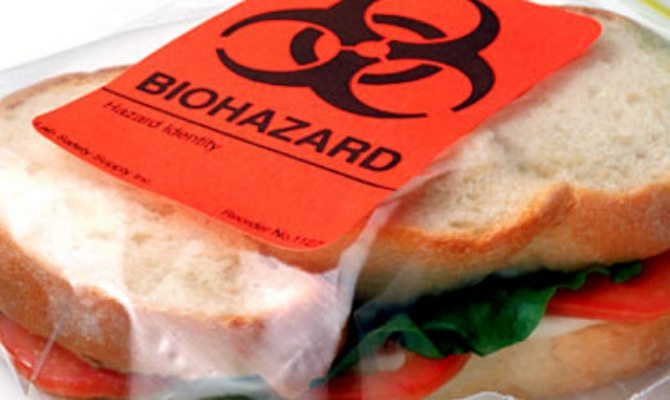CDC Says Foodborne Illness Rates Have Dropped In Recent Years
While instances of deadly listeria have increased over the past year (in our ice cream and caramel apples, among other foods), there is some hope on the horizon: The Centers for Disease Control and Prevention has confirmed that there has been some progress in reducing foodborne illnesses in 2014. According to the CDC, rates of E. coli and salmonella have dropped between 2008 and 2014. Both of these foodborne illnesses have been linked to the consumption of undercooked beef, poultry, and even raw vegetables.
Infections from the Shiga toxin-producing E. coli O157, a strain of E. coli which can sometimes lead to kidney failure, decreased 32 percent since 2008, and 19 percent in the past three years. Salmonella typhimurium, one of the most common strains of the bacterial infection, has seen a 27 percent drop in infection rate since 2008.
"We're cautiously optimistic that changes in food safety practice are having an impact in decreasing E.coli and we know that without all the food safety work to fight Salmonella that more people would be getting sick with salmonella than we are seeing now," said Robert Tauxe, M.D., deputy director of CDC's division of foodborne diseases. "The increasing use of whole genome sequencing to track foodborne illness cases will also help; however, much more needs to be done to protect people from foodborne illness."
But just to be sure, The Daily Meal suggests taking extra precautions like always cooking meat thoroughly and throwing raw meat away after two days.
